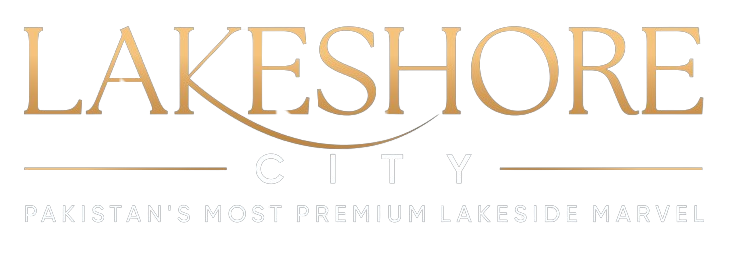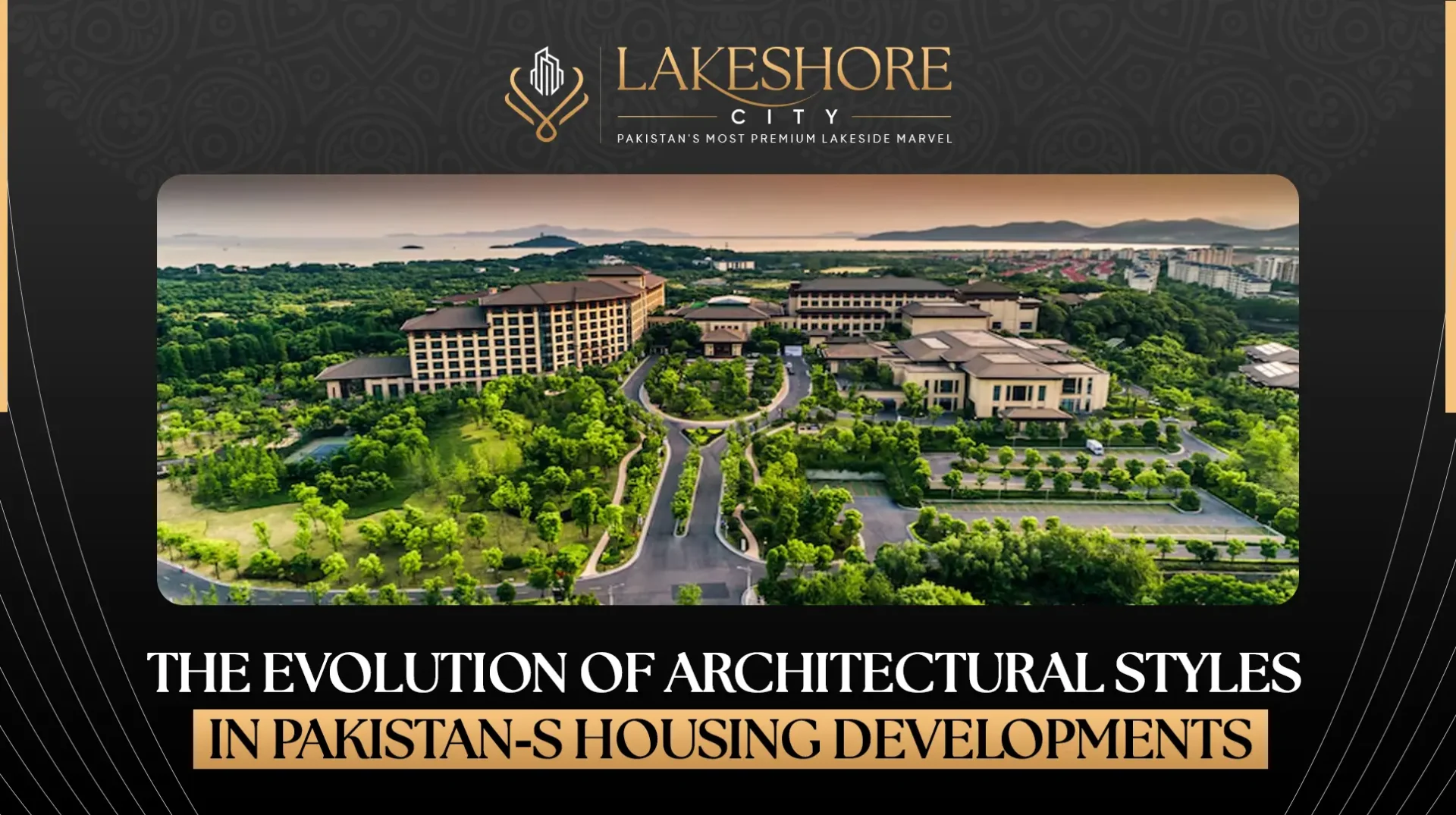Pakistan, with its rich cultural heritage and rapidly modernizing urban centers, presents a fascinating journey of architectural transformation. Over the decades, the country has seen a dramatic shift in housing designs—from traditional layouts to sleek modern structures. This shift reflects deeper changes in lifestyle, economic growth, and global influence.
In this article, we’ll explore the Pakistani architectural evolution, comparing traditional vs modern architecture in Pakistan, highlighting housing design trends in Pakistan, and uncovering the cultural influences on architecture. From historical inspirations to modern housing developments in Pakistan, this is your complete guide to how homes in the country have evolved.
Traditional Architecture in Pakistan: A Cultural Legacy
Before urban sprawl and high-rise apartments became the norm, traditional Pakistani homes followed time-tested architectural practices. Influenced by Islamic, Mughal, and regional vernacular styles, these homes were designed to support a communal lifestyle.
Also Read: Khawaja Asif Calls Current Government a Mix of Politicians and Establishment
Features of Traditional Pakistani Homes
- Courtyards (Sehans): A central feature that allowed ventilation and family gatherings.
- Thick Walls: These kept homes cool during harsh summers and warm in winters.
- Ornate Wooden Doors and Jharokas: Carved elements were both decorative and symbolic.
- Use of Local Materials: Bricks, mud, and lime were commonly used, keeping homes eco-friendly.
In cities like Lahore, Multan, and Peshawar, old neighborhoods still preserve these unique elements. They remind us of the architectural brilliance of past eras.
Shift Towards Modern Housing: Why Did It Happen?
As Pakistan’s urban population grew, the need for quick and efficient housing led to a paradigm shift in architectural styles. Traditional houses, though beautiful, were no longer practical for densely populated areas.
Several factors drove this change:
- Urbanization: Cities like Karachi, Islamabad, and Lahore expanded rapidly.
- Global Influence: Exposure to international architecture through media and migration.
- Changing Lifestyles: Smaller families preferred privacy over joint family setups.
- Economic Factors: Rising land costs made vertical construction more profitable.
Consequently, modern housing developments in Pakistan began to rise, bringing along new design philosophies and urban layouts.
Modern Housing Developments in Pakistan: A New Era
Today, Pakistan’s major cities are dotted with housing societies like DHA, Bahria Town, and now Lakeshore City. These communities follow modern urban planning principles while offering all the amenities of contemporary life.
Key Elements of Contemporary Home Styles in Pakistan
- Minimalist Design: Clean lines, open layouts, and neutral color palettes.
- Smart Homes: Integration of technology for lighting, security, and climate control.
- Energy Efficiency: Use of solar panels, insulation, and efficient HVAC systems.
- Mixed-Use Spaces: Homes that combine living, working, and recreation areas.
- Gated Communities: Ensuring security and organized infrastructure.
The new generation prefers such homes due to their modern aesthetics, functionality, and smart features. Not only are these homes practical, but they also symbolize a progressive outlook.
Urban Design Evolution in Pakistan: Planned Communities Rise
Traditional towns were often built organically. In contrast, urban design evolution in Pakistan focuses on pre-planned layouts, green belts, and zoning laws. Cities are expanding through planned societies that emphasize aesthetics, infrastructure, and lifestyle.
Examples of Modern Urban Design
- Road Grids: Efficient transportation and navigation.
- Green Zones: Parks and tree-lined streets to improve air quality.
- Commercial Zones: Separate from residential to reduce noise and congestion.
- Community Centers: Encouraging social interaction and events.
This design shift reflects a growing emphasis on quality of life and long-term sustainability.
Housing Design Trends in Pakistan: What’s In Right Now?
With changing lifestyles and climate awareness, homeowners now look for more than just a roof over their heads. The latest housing design trends in Pakistan reveal a preference for:
- Open Kitchens: Blending cooking and social spaces.
- Terraces and Rooftop Gardens: Perfect for gatherings and relaxation.
- Imported Fixtures: Enhanced comfort and luxury appeal.
- Home Offices: Remote work has made this a top priority.
- Eco-Friendly Materials: Recycled tiles, bamboo flooring, and water-saving fixtures.
Moreover, aesthetics have gone beyond just looking good. Homeowners now consider sustainability, energy costs, and automation when choosing a design.
Cultural Influences on Architecture: A Beautiful Fusion
Pakistan’s architecture is a blend of its Islamic roots, colonial history, and regional identities. Even modern homes sometimes retain traditional elements to stay connected with the past.
For instance:
- Mughal-style arches are still used in doorways.
- Calligraphy and tilework are popular in wall art and entrances.
- Traditional ventilation systems (jaalis) are being reimagined using modern materials.
- Prayer spaces are being designed within new homes.
These blends ensure that while we embrace modernity, we don’t forget our roots.
Architectural History of Pakistan: A Quick Recap
Pakistan’s architectural timeline spans thousands of years:
- Indus Valley Civilization: Grid cities and baked brick homes.
- Gandhara and Buddhist Eras: Stupas and monasteries.
- Mughal Empire: Grand mosques, palaces, and forts.
- British Colonial Era: Gothic and Victorian architecture.
- Post-Independence Era: Modernism influenced by international architects.
Each era left its imprint, contributing to what we now call the Pakistani architectural evolution.
Lakeshore City: A Reflection of Evolving Housing Ideals
Set amidst majestic mountains and a beautiful dam view, Lakeshore City represents the perfect blend of modern design and natural beauty. It’s not just a housing project—it’s a lifestyle vision.
Here’s why it stands out in Pakistan’s evolving housing landscape:
- Affordable Payment Plan: Pay over 60 months in easy installments.
- No Down Payment: Start your journey without financial pressure.
- First Installment Considered as Booking: Book your 5 Marla plot with just PKR 25,000.
- No Confirmation Charges: Transparent and fair process.
- Multiple Options: Choose from Lakeshore Residencia, Commercial plots, or Lakeshore Farms.
This project not only reflects contemporary architectural values but also makes them accessible to a wider population. In a time when housing costs are rising, Lakeshore City offers hope, style, and substance.
FAQs: Architectural Trends in Pakistan
Q1: What are the main differences between traditional and modern Pakistani homes?
A1: Traditional homes focus on communal living and natural cooling, while modern homes emphasize minimalism, privacy, and smart features.
Q2: Why is modern architecture gaining popularity in Pakistan?
A2: Urbanization, changing lifestyles, and global influences are driving the shift.
Q3: Are cultural elements still used in modern housing designs?
A3: Yes, many modern homes incorporate traditional features like arches, tilework, and calligraphy.
Q4: What’s trending in Pakistani home designs today?
A4: Open spaces, home offices, smart tech, eco-materials, and rooftop areas.
Q5: How has urban design in Pakistan changed over time?
A5: Cities now feature planned layouts, green spaces, and efficient transport networks.
Q6: Is Lakeshore City a good investment for modern home buyers?
A6: Yes, it offers modern design, affordability, and flexible payment options with zero down payment.
Must Read: The Importance of Waste Management Systems in Housing Societies



